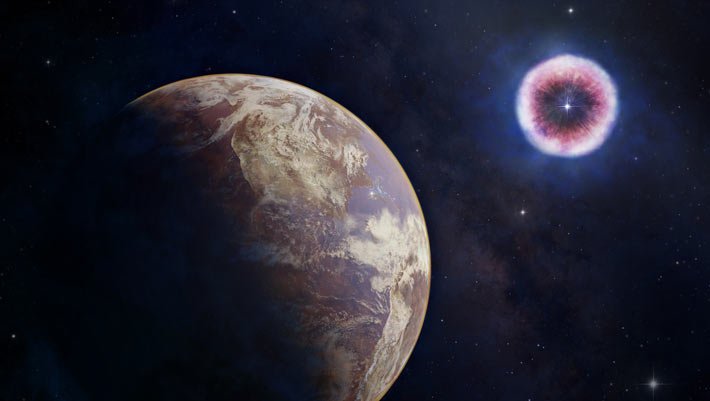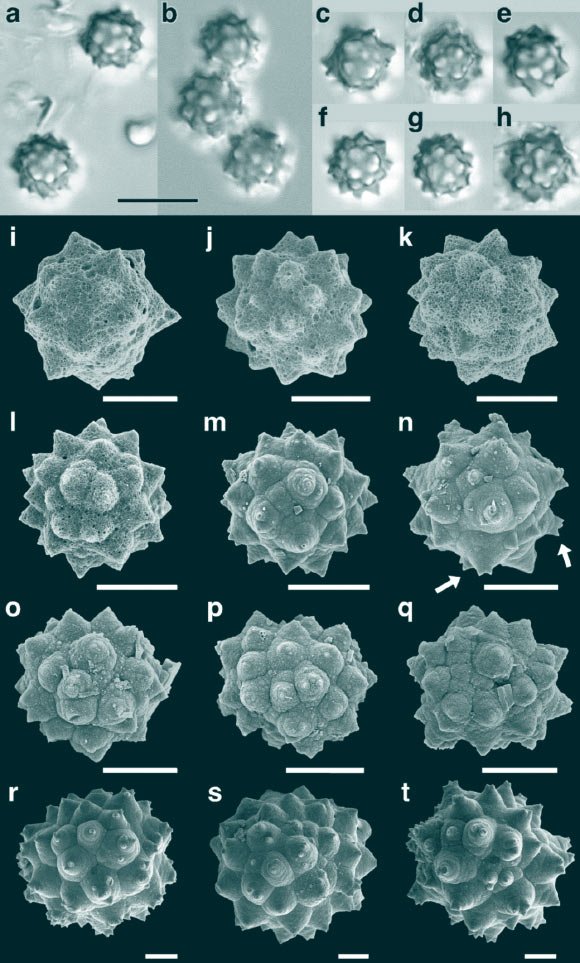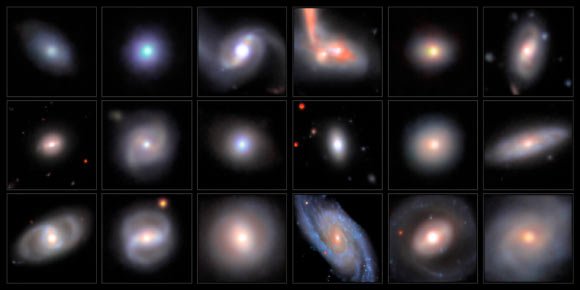In 1983, the theoretical physicist Brandon Carter concluded that the time it took for humans to evolve on Earth — relative to the total lifespan of the Sun — suggests that our evolutionary origin was intrinsically unlikely and that comparable human-like observers beyond Earth are exceedingly rare. In new research, scientists from Penn State, the University of Munich and the University of Rochester critically reevaluated core assumptions of Carter’s ‘hard-steps’ theory through the lens of historical geobiology. Specifically, they propose an alternative theory where there are no hard steps, and evolutionary singularities required for human origins can be explained via mechanisms outside of intrinsic improbability. Furthermore, if Earth’s surface environment was initially inhospitable not only to human life, but also to certain key intermediate steps required for human existence, then the timing of human origins was controlled by the sequential opening of new global environmental windows of habitability over Earth history.

New theory proposes that humans may represent the probable outcome of biological and planetary evolution. Image credit: Fernando Ribas.
“This is a significant shift in how we think about the history of life,” said Penn State’s Professor Jennifer Macalady.
“It suggests that the evolution of complex life may be less about luck and more about the interplay between life and its environment, opening up exciting new avenues of research in our quest to understand our origins and our place in the Universe.”
“Initially developed by Brandon Carter in 1983, the ‘hard-steps’ model argues that our evolutionary origin was highly unlikely due to the time it took for humans to evolve on Earth relative to the total lifespan of the Sun — and therefore the likelihood of human-like beings beyond Earth is extremely low.”
In the new study, Professor Macalady and her colleagues argued that Earth’s environment was initially inhospitable to many forms of life, and that key evolutionary steps only became possible when the global environment reached a ‘permissive’ state.
“For example, complex animal life requires a certain level of oxygen in the atmosphere, so the oxygenation of Earth’s atmosphere through photosynthesizing microbes and bacteria was a natural evolutionary step for the planet, which created a window of opportunity for more recent life forms to develop,” said Dr. Dan Mills, a postdoctoral researcher at the University of Munich.
“We’re arguing that intelligent life may not require a series of lucky breaks to exist.”
“Humans didn’t evolve ‘early’ or ‘late’ in Earth’s history, but ‘on time,’ when the conditions were in place.”
“Perhaps it’s only a matter of time, and maybe other planets are able to achieve these conditions more rapidly than Earth did, while other planets might take even longer.”
The central prediction of the ‘hard steps’ theory states that very few, if any, other civilizations exist throughout the Universe, because steps such as the origin of life, the development of complex cells and the emergence of human intelligence are improbable based on Carter’s interpretation of the Sun’s total lifespan being 10 billion years, and the Earth’s age of around 5 billion years.
In the new study, the authors proposed that the timing of human origins can be explained by the sequential opening of windows of habitability over Earth’s history, driven by changes in nutrient availability, sea surface temperature, ocean salinity levels and the amount of oxygen in the atmosphere.
Given all the interplaying factors, the Earth has only recently become hospitable to humanity — it’s simply the natural result of those conditions at work.
“We’re taking the view that rather than base our predictions on the lifespan of the Sun, we should use a geological time scale, because that’s how long it takes for the atmosphere and landscape to change,” said Penn State’s Professor Jason Wright.
“These are normal timescales on the Earth. If life evolves with the planet, then it will evolve on a planetary time scale at a planetary pace.”
The team’s paper was published this month in the journal Science Advances.
_____
Daniel B. Mills et al. 2025. A reassessment of the ‘hard-steps’ model for the evolution of intelligent life. Science Advances 11 (7); doi: 10.1126/sciadv.ads5698











